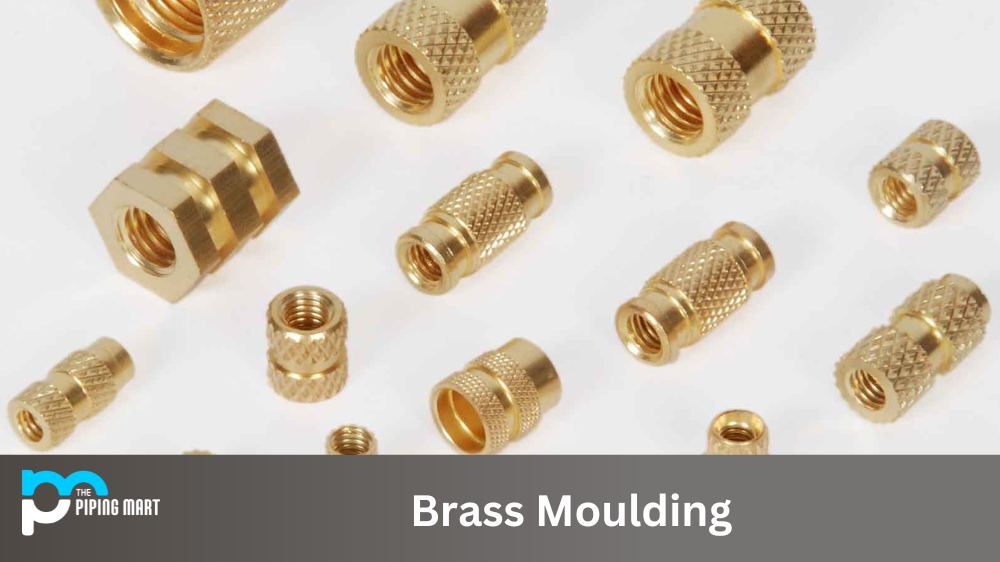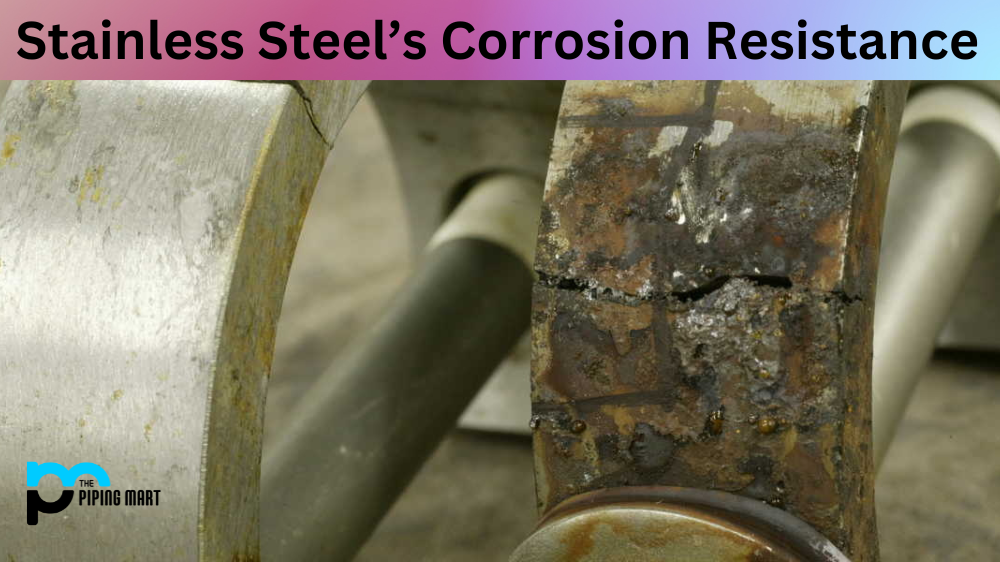This method is most commonly used for brass items because the two metals work well together and create a beautiful sheen. Nickel plating on brass is popular in both industrial settings and among hobbyists due to its low cost and easy application process. Let’s take a look at why nickel plating on brass is so popular and how it can be achieved.
Benefits of Nickel Plating on Brass
Nickel plating offers several advantages over other metal finishes, particularly when it comes to brass objects. Firstly, the combination of nickel and brass gives an item a unique patina that often becomes more attractive with age. The finish also provides some corrosion protection and helps reduce wear, making it ideal for items that need to endure high levels of stress or friction. Finally, nickel plating is relatively inexpensive compared to other finishes, such as gold or chrome, making it ideal for those who are working with limited resources.
How Nickel Plating on Brass Is Done
Nickel plating is usually done in an electroplating tank which uses an electrical current to transfer the metal ions from one item to another. The process begins with the object being submerged into an electrolyte solution that contains dissolved nickel salts. An electrical current is then applied between the object (the cathode) and the tank (the anode). This causes the nickel ions in the solution to be attracted toward the object’s surface while simultaneously pushing away any dirt or other impurities on the surface. Once all of these steps have been completed, you will have a beautiful, glossy finish that looks just like new!
- Nickel plating is a process in which a thin layer of nickel is applied to a metal surface.
- Nickel plating is often used to give the brass a shiny, silver-like appearance.
- The process of nickel plating involves immersing the brass in a solution of nickel sulfate and other chemicals.
- A current is then passed through the solution, which causes the nickel to deposit onto the surface of the brass.
- The thickness of the nickel layer can be controlled by varying the amount of time that the brass is left in the solution.
Advantages of Using Nickel-Plated Brass Items
Nickel-plated brass items offer several advantages over their non-plated counterparts. For instance, they are much more resistant to rusting or tarnishing than uncoated items since they form a protective barrier against moisture and corrosive elements in the environment. Additionally, this type of coating can help prolong the life of your items since it reduces wear from friction or abrasion over time. Furthermore, this finish can provide you with aesthetic appeal since it can give your objects a unique patina that adds character and beauty without needing additional materials or labor costs associated with other types of finishes, such as chroming or painting.
Conclusion:
When it comes right down to it, nickel plating on brass has become increasingly popular due to its many benefits, including corrosion protection, wear resistance, low cost compared to other finishes like chrome or gold plate, and attractive patina that develops over time – without having to use costly additional materials or labor costs associated with other types of finishes such as chroming or painting! Homeowners looking for ways to spruce up their décor without breaking the bank may want to consider using this finishing technique for their next project! Hobbyists will also appreciate how easy this process is – even beginners can achieve great results when following instructions properly! Whether you are looking for improved durability or aesthetic appeal – nickel-plated brass items offer something for everyone!
Sakshee is a talented blogger, with a particular focus on the Business and Metal Industry. She is passionate about sharing her insights on various metal products and helping professionals to make a better decisions.




